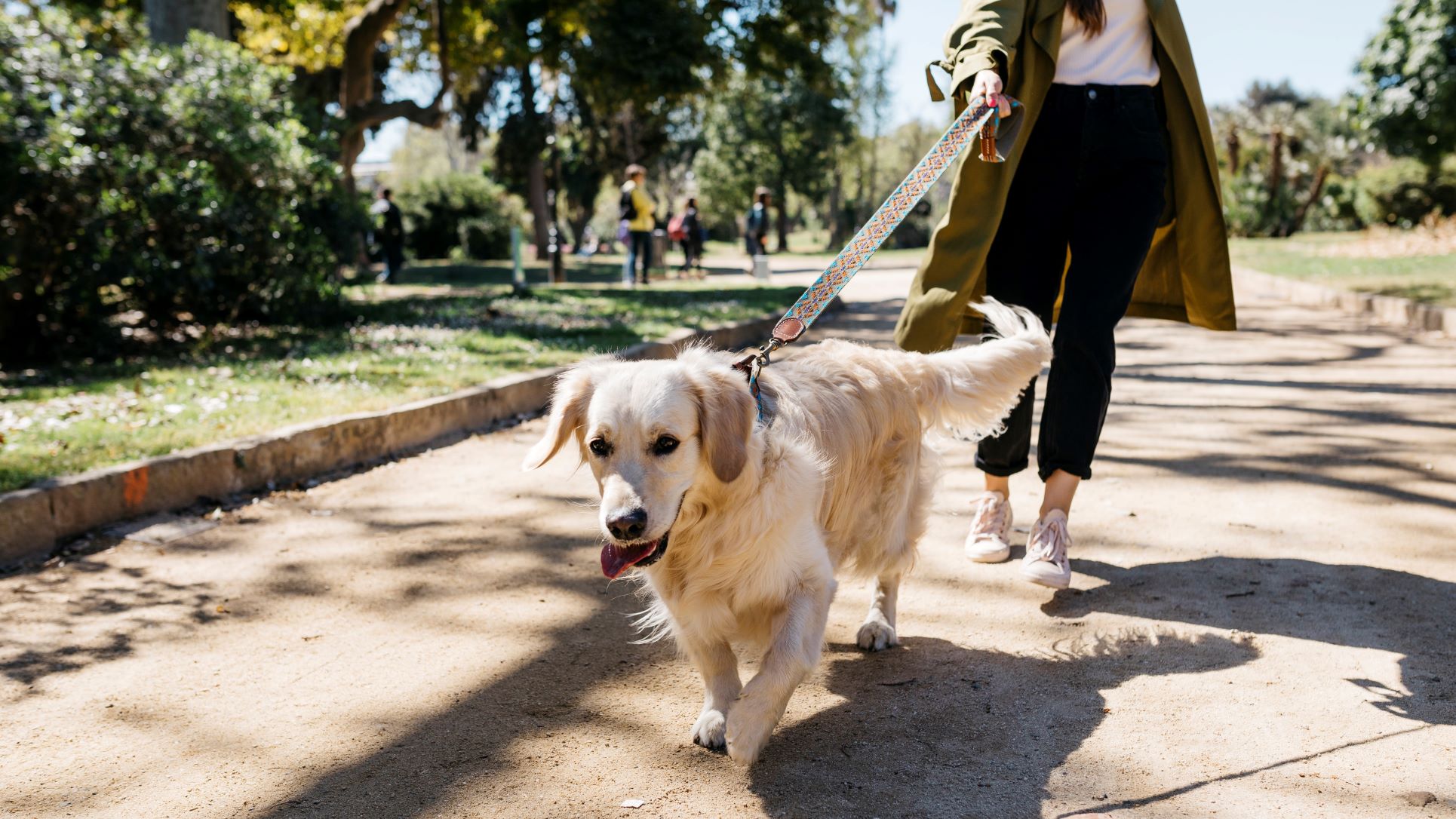Improve your dog's loose leash walking with these three tips from an expert trainer
Does your dog struggle with leash reactivity? Read on as one trainer reveals how to put a stop to it...

Disclaimer: Unless specifically stated, any expert comments quoted in this news piece have been taken directly from the video cited below.
Loose leash walking can be one of the most challenging parts of being a dog owner with all that tugging and pulling making those daily strolls with your pup stressful and exhausting.
Trying to figure out how to stop a dog pulling on a leash can feel complicated, but it doesn't have to be.
Alongside ensuring you avoid some of the most common loose leash walking mistakes, expert trainer Alex Sessa says there are a few easy things you can do to get your dog walking beautifully on the leash.
"There are so many tiny changes you can make to your leash walking process that will make a huge difference in the results you see from your dog," she says.
Read on as we reveal three tips that she shared in an Instagram video...
A post shared by Peach On A Leash Dog Training (@peachonaleash)
A photo posted by on
1. Monitor your dog closely and adjust accordingly: "Make sure your dog is not highly anxious or stressed about walking, especially in public," advises Sessa. "If you find that your dog is completely ignoring you, the environment might be too overwhelming. Try working somewhere less intense."
PetsRadar Newsletter
Get the best advice, tips and top tech for your beloved Pets
2. Reward from the hand that's on the same side as your dog: "Remember, dogs will always move towards the source of reinforcement," explains Sessa, who goes on to say that dishing out rewards from the hand your dog is closest to will prevent them from changing sides in search of food. "Keep your dog on the opposite side from where distractions will pass."
3. Mark and reward when your dog notices a distraction: "Simply marking your dog for noticing a distraction is an easy way to start working towards more focus and attention from your dog. If your dog ignores you, you’re too close to the distraction," Sessa explains.
Closing out her video with one final piece of advice, Sessa says it's important to remember that your walk should be an enjoyable experience for you and your dog.
"Let your dog stop to sniff, make regular eye contact with them, and reward the behaviors you like."
And if you find that after working with your dog consistently on this issue, they're still struggling with leash reactivity, we recommend reaching out to a professional trainer for some 1:1 support.

Kathryn is a freelance writer who has been a member of the PetsRadar family since it launched in 2020. Highly experienced in her field, she's driven by a desire to provide pet parents with accurate, timely, and informative content that enables them to provide their fur friends with everything they need to thrive. Kathryn works closely with vets and trainers to ensure all articles offer the most up-to-date information across a range of pet-related fields, from insights into health and behavior issues to tips on products and training. When she’s not busy crafting the perfect sentence for her features, buying guides and news pieces, she can be found hanging out with her family (which includes one super sassy cat), drinking copious amounts of Jasmine tea and reading all the books.
